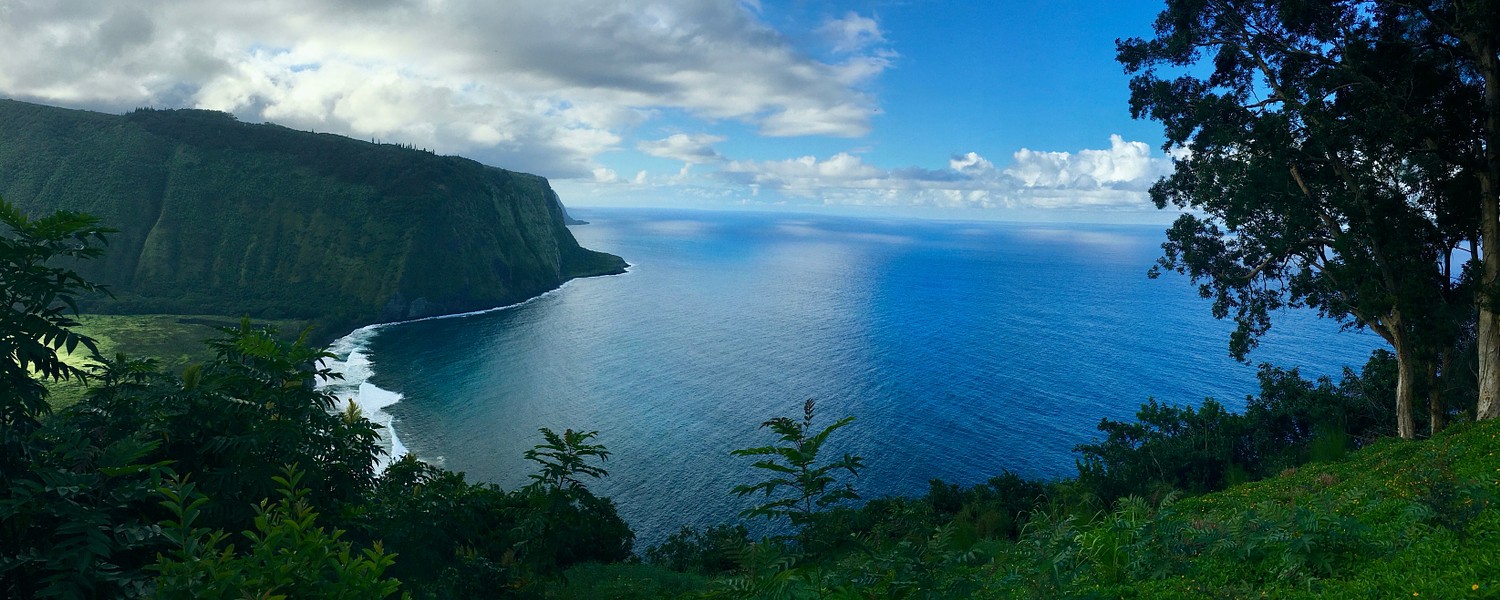
Provided by:
Madeline Onassis/unsplash

Our travel guides are free to read and explore online. If you want to get your own copy, the full travel guide for this destination is available to you offline* to bring along anywhere or print for your trip.
*this will be downloaded as a PDF.Price
€4,95
The Island
The guide was updated:
While Hawaii Island may be the youngest island in the archipelago, it retains its prominence as the first island to be touched by man. Coming in the form of Polynesian voyagers from the Marquesas Islands 1,500 years ago, they would become the first Hawaiians. Native Hawaiian temple ruins, royal grounds, fish ponds, sacred burial spots, and petroglyphs all remain as evidence of this early culture. And Puʻuhonua o Hōnaunau National Historical Park also retains many areas and items of historical significance.
Throughout Hawaii’s era of discovery, Hawaii Island was divided among chiefdoms, leading to frequent skirmishes and contention between the factions. It was during this time that the last major religious “heiau” temple was built. In constructing a tribute to the war god Kukailimoku, King Kamehameha I hoped to bolster his efforts in uniting the Hawaiian Islands. He would go on to conquer the island and indeed unite the Kingdom. The temple is now the Puukohola Heiau National Historic Site in North Kohala, and there are also statues and dedications to the Great King Kamehameha around Hawaii Island.
Over the next centuries, Hawaii Island would be influenced by the influx of missionaries, along with a roaring sugar industry. Today’s Big Island continues as a cornerstone for the Hawaiian Islands’ beauty, culture, and eternal elegance.
Throughout Hawaii’s era of discovery, Hawaii Island was divided among chiefdoms, leading to frequent skirmishes and contention between the factions. It was during this time that the last major religious “heiau” temple was built. In constructing a tribute to the war god Kukailimoku, King Kamehameha I hoped to bolster his efforts in uniting the Hawaiian Islands. He would go on to conquer the island and indeed unite the Kingdom. The temple is now the Puukohola Heiau National Historic Site in North Kohala, and there are also statues and dedications to the Great King Kamehameha around Hawaii Island.
Over the next centuries, Hawaii Island would be influenced by the influx of missionaries, along with a roaring sugar industry. Today’s Big Island continues as a cornerstone for the Hawaiian Islands’ beauty, culture, and eternal elegance.


